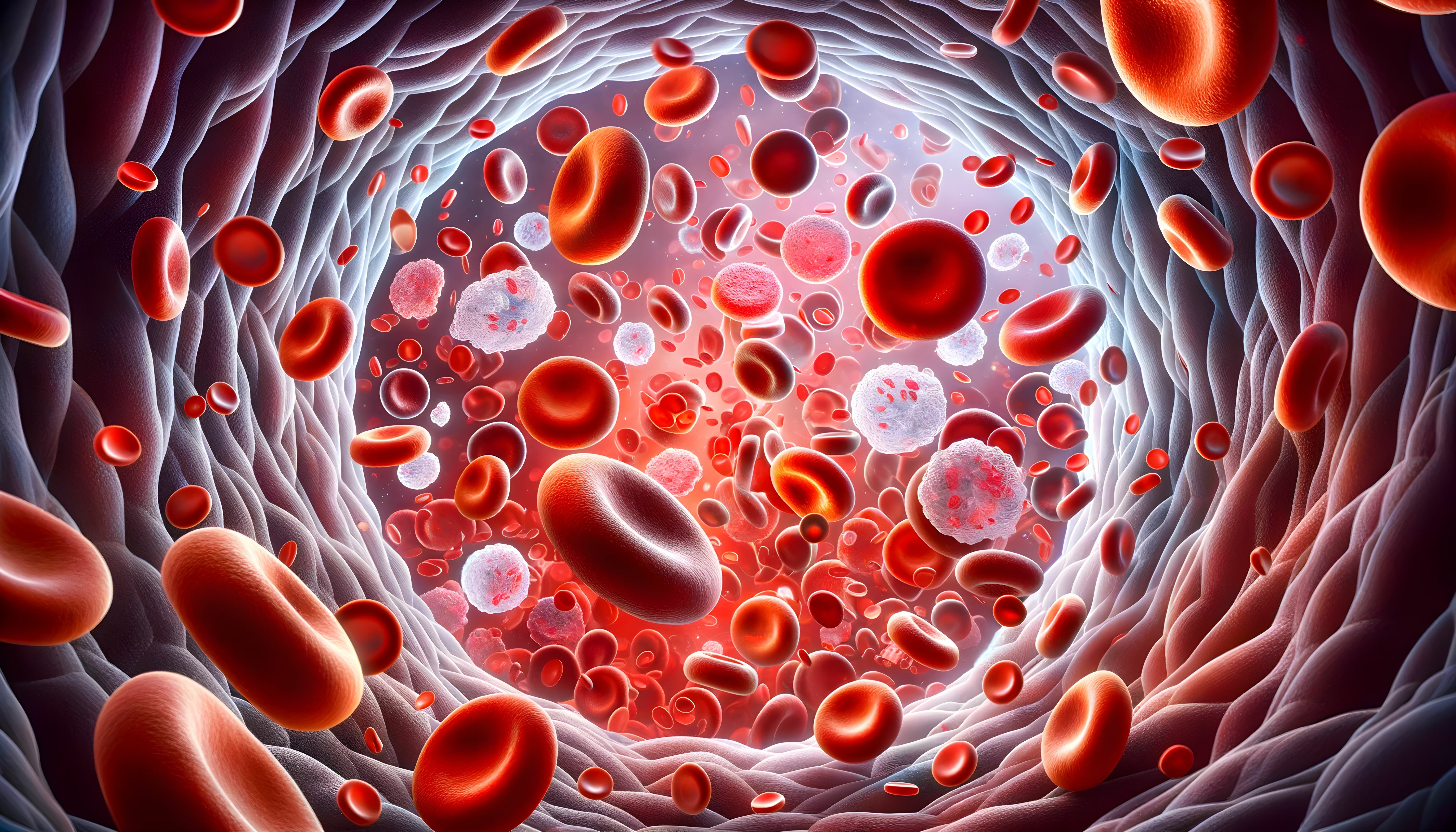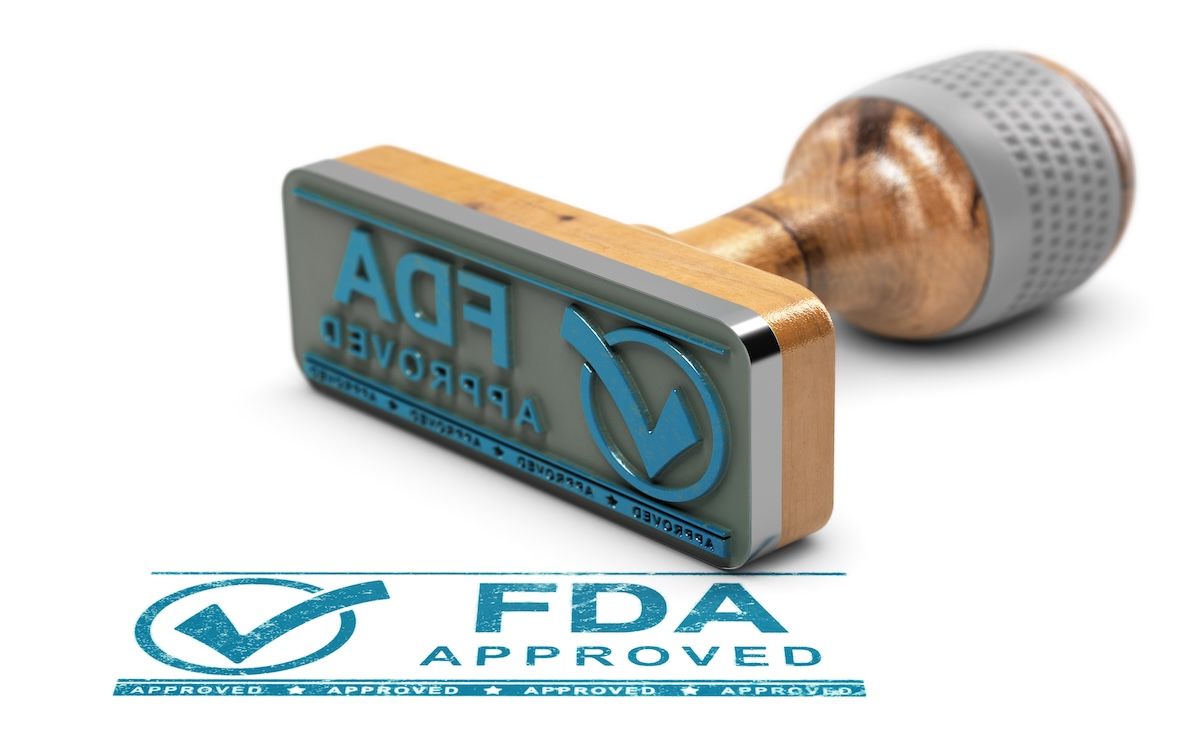Commentary
Video
Bimekizumab-bkzx Expands Treatment Options for Inflammatory Conditions
Author(s):
Jeffrey Stark, MD, vice president and head of medical immunology at UCB, discusses tailored dosing of bimekizumab-bkzx (Bimzelx) for various inflammatory conditions, highlighting its 5 FDA approvals and the remaining challenges.
Jeffrey Stark, MD, vice president and head of medical immunology at UCB, explained dosing bimekizumab-bkzx (Bimzelx) is tailored to the specific inflammatory condition being treated. He suggested lower doses are recommended for certain arthritic conditions based on dose-finding studies, and higher doses are recommended for psoriasis and hidradenitis suppurativa.
Stark highlighted his excitement toward the drug's 5 FDA approvals in a year but acknowledges the challenges that remain in expanding access, including navigating a crowded market, educating about lesser-known conditions, and explaining its novel dual IL-17A/F inhibition mechanism.
This transcript has been lightly edited; captions are auto generated.
Transcript
Can you explain why a lower dose of bimekizumab-bkzx (Bimzelx) is recommended for psoriatic arthritis, non-radiographic axial spondyloarthritis, and ankylosing spondylitis?
Absolutely, when we study these diseases, we study them individually for a reason. We recognize that the aberrations going on with a patient's immune system may vary from one disease state to another. As we do these clinical trials, not in the phase 3 studies that look at a larger number of patients, but in the earlier phases of those studies, we do what are called "dose-finding" or "dose-ranging" studies.
In those earlier studies, we look at a variety of doses and look not only at how well they work with the efficacy of those doses but what the safety profile of those doses is for the particular disease states. By studying these disease states individually, the most appropriate dose for an individual disease state may vary from one condition to another. In general, we try and choose, from those dose-finding studies, the lowest dose that provides the most efficacy and the best safety profile.
For the conditions you mentioned, like psoriatic arthritis and axial spondyloarthritis, 160 mg doses were the doses that emerged from those earlier studies. We did see that larger doses of 320 mg were helpful for patients with psoriasis, patients with hidradenitis suppurativa, as well as patients with PsA [psoriatic arthritis] who might also have moderate to severe plaque psoriasis as well.
With 5 FDA-approved indications for Bimzelx in just over a year, what has been the most significant challenge in expanding access to this treatment across different inflammatory conditions?
That was an exciting little more than a year. It's not often that a single drug will receive 5 indications and a new dosing device, all in the course of a year. It's a very busy and exciting year, but exciting in the sense that we were thrilled to be able to bring Bimzelx to market as a new option for patients with these inflammatory diseases. There have been challenges associated with that, most certainly. I think all of your listeners will recognize that the biologic marketplace for these diseases, especially for conditions like psoriasis, is very crowded. Bimzelx is the 13th biologic to come to market in that space.
We also recognize that for other disease states that are maybe a little less well known. For example, hidradenitis suppurativa, there's not only the bringing the medication to market, but there's a burden of needing to educate along with that and to raise awareness of diagnostic delays, patient unmet needs, and helping the community understand the burden of disease as well as appreciate the value that Bimzelx may bring to those patients as a potential therapy.
Finally, bringing a medication with a novel mechanism of action to market is another task that has to be taken head on. Bimzelx is the first inhibitor of both IL-17A and IL-17F.
Along with bringing that therapy to patients and to the medical community, there has certainly been a need to educate about the immunology of disease, the role that IL-17F plays, even insights, for example, that IL-17F is over expressed compared with IL-17A in some disease states, like psoriasis and HS [hidradenitis suppurativa].
All of that has been a challenge, but I will say a fun challenge in that, ultimately, at the end of the day, it serves the need of bringing new treatments to patients who need them.





